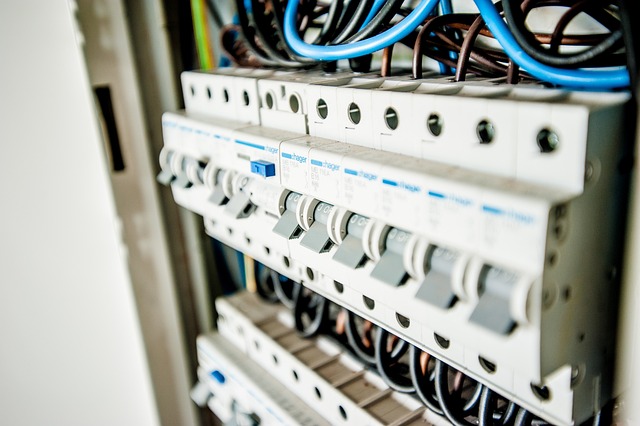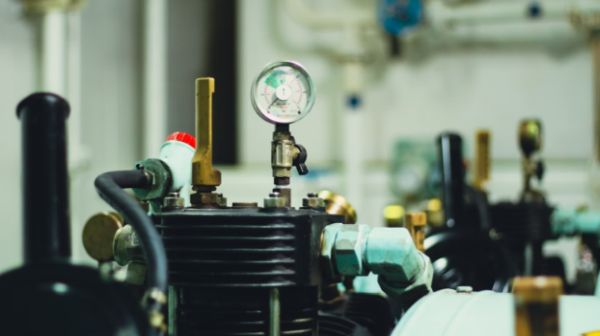Refrigeration Terms: A Detailed Glossary

When you own an HVAC contracting business, you have to deal with many different kinds of refrigeration units every day. You need to know the different types of refrigerants, how these systems operate, and how you should install all these various refrigeration systems on offer to commercial and residential customers you cater to.
But that’s not all. Besides knowing the mechanical side of it all and how these systems work, you need to be familiar with the exact terminology related to refrigeration. Although even the most seasoned contractors have to pick up a manual here and there, it’s mostly due to some of the more modern refrigeration systems. They have the basics mastered, and so should you.
First and foremost, you should know what you’re referring to when discussing the different options with your clients. However, you also need to be able to answer some of the questions your clients may have for you.
Knowing the most important refrigeration terms allows you to become more knowledgeable and more confident when dealing with your clients. So, let’s explore all the terms in refrigeration you need to learn if you don’t already know them.
What Important Refrigeration Terms Should I Know?
Even if you know most of the terms on this list, as well as what they mean, explaining them correctly to your customers is another matter entirely. Learning more about their precise definitions can help you become better at explaining them, in turn boosting customer satisfaction and word-of-mouth. Here are the most common and important terms in refrigeration:
- Accumulator: A shell found inside of the suction line. Used for separating refrigerant liquid.
- Air changes: Used to illustrate the amount of air leaking from the system by calculating how many air fluctuations there are in a single hour and determining the change.
- Ambient air: Air surrounding an object. Also, refers to the temperature of the air that goes through a condensing unit in residential and commercial refrigeration.
- Back pressure: Suction pressure illustrated by the refrigeration vapor within the system.
- Comfort AC: Simultaneous control and monitoring of multiple factors affecting the physician and chemical properties of an environment. Factors include temperature, humidity, motion, distribution, dust, bacteria, odors, gasses, and ionization.
- Defrosting: This refers to the part of the cycle of refrigeration when the cooling unit has the time to defrost.
- Dehumidification: Conservation all the vapor from the air by cooling the environment below dew point and removing vapor present in the air through chemical or physical means.
- Dew point: The temperature during the beginning of the process of condensation, provided the air is being cooled using constant pressure without gaining or losing moisture.
- Evaporator: This is the portion of the system in which the refrigerant liquid transforms into vapor and creates refrigerants.
- External equalizer: Devices used for compensating excessive drops in pressure within the coil.
- Flash gas: The gas that results from immediate evaporation of the refrigerant.
- Flooded system: This is a cooling system that evaporates only one part of the refrigerant and recirculates the rest after splitting it from the vapor state.
- Head pressure: Operating pressure measured in the discharge line.
- Liquid line: Tube or pipe used to carry the refrigerant liquid from the condenser or a receiver to a device used for reducing the pressure.
- Line for suction: A tube or a pipe used for carrying the refrigerant vapor from an evaporator into a compressor.
- Thermal valve: A valve controlled by a thermally-responsive component, for example an expansion valve.
- Dry bulb temperature: Temperature which regular thermometers measure.
- Temperature of the wet bulb: Equilibrium temperature of water during evaporation into air.






